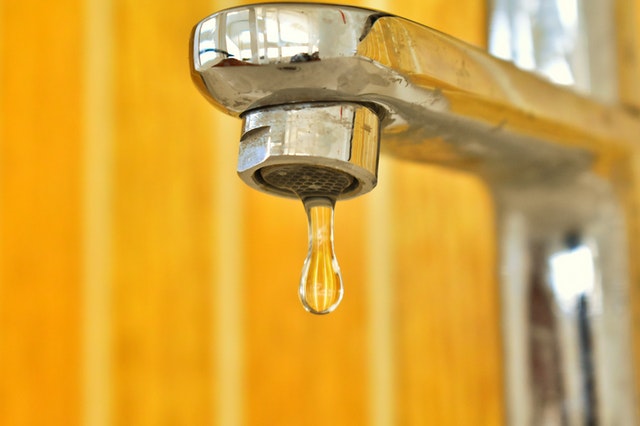A leaky faucet can have a much larger impact than you might expect. Beyond the frustration of hearing a constant drip whenever you pass by the sink, a leaky faucet can waste a remarkable amount of water over time. That wasted water can add up the hundreds of extra dollars in utility costs at the end of the year, and that’s not even to mention the negative impact on the environment.
There are several reasons why a faucet may start leaking. By identifying the cause of the leak, you can get it fixed by your Denver plumbers and bring an end to the wasted water.
Common Causes of a Leaky Faucet
Water Pressure
If your faucet seems to only leak at certain times of the day, specifically when there aren’t other faucets or plumbing fixtures being used, water pressure could be the culprit. When the water pressure in a home is too high, it can gradually lead to the development of small leaks in the pipes. As this worsens over time, the faucet may start leaking. If this is the cause of your leaky faucet, your Denver plumber may need to evaluate your home’s water pressure and alter it so that it’s at the right level.
O-Ring Problems
There’s a piece called an O-ring in the faucet of a sink. This disk connects to the stem screw and functions to keep the faucet handle securely in place. Over time, O-rings may wear down or loosen, causing one of the faucet handles to leak. You can have the damaged O-ring placed to stop the leak.
Cartridge Damage
Faucets that have one handle for hot water and a second handle for cold water are called cartridge faucets. The cartridge manages the water flowing into the spout of the faucet. If the cartridge is damaged, however, it can lead to a leaky faucet. Just like the O-ring, you can have the cartridge replaced to resolve the faucet leak.
Cracks in The Plumbing
Cracks in the pipes can cause leakage that will lead to a leaky faucet. The faucet that leaks is the one that’s closest to the crack. There are several reasons why a pipe may crack, including:
- Old pipes
If you live in an older home with plumbing that hasn’t recently been updated, gradual deterioration could lead to cracks.
- Settled ground
Over time, the ground that your home sits on may settle. This can place stress on your home’s plumbing and may result in a cracked pipe.
- Thermal expansion
Thermal expansion due to fluctuating temperatures is a common cause of cracks in plumbing. The ground around the pipes may freeze in the winter, causing the pipes to contract. When the ground thaws, the pipes will expand. The stress of this process often leads to pipe damage.
- Soil
Metal pipes can corrode if the soil surrounding them is acidic or otherwise damaging. Many pipes have corrosion protection to prevent this issue.
Fixing a Leaky Faucet
For simple cases of a damaged part causing a leaky faucet, you may be able to stop the drip yourself.
- Shut off the water to the sink. You can typically find fixture shutoff valves under the sink, but if the faucet doesn’t have shutoff valves, you may need to turn off the home’s main water supply.
- Take apart the faucet handle. For many basic fixtures, you can use a screwdriver to take off the caps on top of the handle, unscrew the handle screws, and remove the handles.
- Dissassemble the valve system. Cartridge faucet systems can simply be pulled out, while the valve system of compression faucets need to be unscrewed.
- Take a closer look at all of the sink parts to identify damage. If you see that one or more parts is worn down or broken, bring them to a hardware store to find the right replacements.
- Clean mineral buildup out of the valve body by pouring white vinegar over it, then giving it a thorough scrub.
- Reassemble the faucet with the new parts.
For help with your leaky faucet, contact Drain Terrier today.


